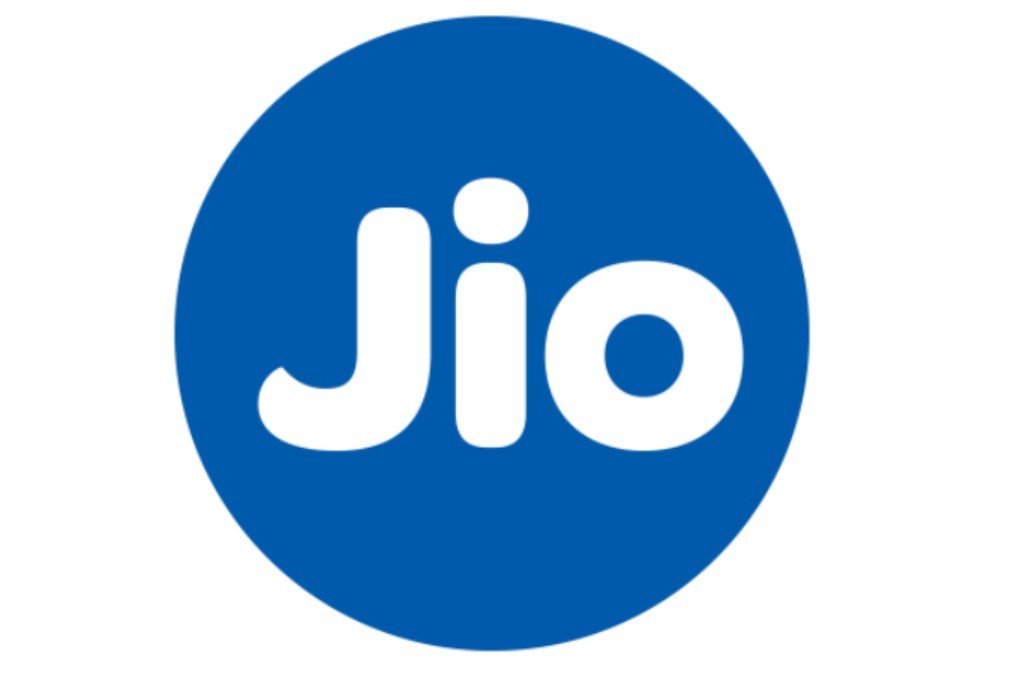Union Telecom Minister Jyotiraditya Scindia has revealed that the cost of making a one-minute phone call in India has dropped by an astounding 94% over the past decade. In 2014, consumers paid 50 paise per minute for a call. Today, that cost has dwindled to just 3 paise per minute, marking a historic shift in India’s telecom industry.
Jio’s Entry Reshaped the Market
Few events have disrupted India’s telecom landscape quite like the entry of Reliance Jio in 2016. Offering free calls and data for months, Jio forced competitors to cut their prices drastically. The aggressive pricing strategy not only attracted millions of users but also made low-cost telecom services the new standard in India.
For years, telecom giants like Airtel, Vodafone Idea, and BSNL had controlled pricing. But once Jio broke in with its near-zero pricing model, the industry changed overnight. By 2017, most telecom operators had slashed their call rates and bundled them into data plans. Free calling, once a luxury, became an industry norm.

Mobile and Internet Boom Across India
Scindia also underscored the explosive growth in mobile and internet adoption. In 2014, India had around 90 crore mobile subscribers. That number has since surged to 116 crore, reflecting deeper digital penetration across urban and rural areas alike.
Internet access has also transformed dramatically. A decade ago, just 25 crore Indians had internet access. Fast forward to 2025, and that figure has leaped to 97.44 crore. The rapid expansion of affordable smartphones and inexpensive data packs has fueled this transformation.
“This is not just about cheaper calls. It’s about bringing millions online, enabling businesses, and transforming the way Indians connect,” Scindia said.
Data Prices Plummet by 93%
The cost of broadband data has fallen just as dramatically. In 2014, consumers shelled out Rs 270 for 1GB of broadband data. Today, that same 1GB costs just Rs 9.70, a staggering 93% price drop.
- India now boasts one of the lowest mobile data rates globally, surpassing even countries like the US and the UK.
- With cheaper data, video streaming, online education, and digital transactions have seen exponential growth.
- The surge in internet users has also given a boost to India’s digital economy, from fintech to e-commerce.
Telecom analysts believe that while low data costs have driven digital adoption, they have also squeezed profit margins for telecom operators. This has led to significant industry consolidation, with Vodafone and Idea merging, and smaller players exiting the market.
5G Expansion Sparks Tariff Adjustments
Even as call and data costs plummeted over the past decade, telecom operators recently raised tariffs by about 10%. Scindia pointed out that companies have invested close to Rs 4.5 lakh crore in rolling out 5G across the country, making some level of price correction inevitable.
The challenge is balancing affordability with sustainability. While low tariffs have helped democratize access to mobile services, telecom companies need revenue to keep investing in infrastructure. The minister assured that the government is closely monitoring price trends to ensure consumers continue to get affordable services without hampering industry growth.
Scindia emphasized that India’s telecom success story is far from over. “The past decade was about making telecom affordable. The next decade will be about enhancing connectivity, expanding 5G, and preparing for 6G.”









